
Rancagua: The Heartbeat of Chile's Central Valley
Discover Rancagua: A blend of rich history, vibrant culture, and natural beauty in Chile's Central Valley.
Rancagua, a charming city located in Chile's O'Higgins Region, offers visitors a blend of rich history, vibrant culture, and scenic beauty. Known for its mining heritage, Rancagua played a pivotal role in Chile's industrial development, and today, it proudly showcases its past through well-preserved sites and engaging museums. As you wander the streets, you'll encounter a city that seamlessly blends its colonial past with modern amenities, offering a unique glimpse into Chilean life. One of Rancagua's highlights is the historic Sewell Mining Town, a UNESCO World Heritage site. Located high in the Andes, this ghost town provides a fascinating insight into the lives of the miners who once toiled here. Another must-visit is the Plaza de los Héroes, the city's main square, where you can relax and soak in the local atmosphere while admiring the impressive architecture of the Cathedral of Rancagua. Nature enthusiasts will find plenty to explore in the surrounding areas. The Termas de Cauquenes, a natural hot spring, offers a relaxing retreat, while the nearby Rio Cachapoal Valley is perfect for outdoor activities such as hiking and horseback riding. Wine lovers will appreciate the region's burgeoning wine industry, with several vineyards offering tours and tastings of their exquisite wines. Rancagua also hosts a variety of cultural events and festivals throughout the year, including the Fiesta de la Vendimia, which celebrates the local wine harvest, and the Semana Rancagüina, a week-long event filled with music, dance, and traditional food. With its welcoming atmosphere and diverse attractions, Rancagua is a destination that promises a memorable and enriching experience for all who visit.
Local tips in Rancagua
- Visit the Sewell Mining Town early in the day to avoid the crowds and get the best lighting for photographs.
- Try the local cuisine at a traditional Chilean restaurant, especially the empanadas and pastel de choclo.
- Take a guided tour of the vineyards to learn about the wine-making process and enjoy tastings.
- Check the local calendar for festivals and events to experience the city's vibrant cultural scene.
- Wear comfortable shoes for walking around the city and exploring its historical sites.
Rancagua: The Heartbeat of Chile's Central Valley
Rancagua, a charming city located in Chile's O'Higgins Region, offers visitors a blend of rich history, vibrant culture, and scenic beauty. Known for its mining heritage, Rancagua played a pivotal role in Chile's industrial development, and today, it proudly showcases its past through well-preserved sites and engaging museums. As you wander the streets, you'll encounter a city that seamlessly blends its colonial past with modern amenities, offering a unique glimpse into Chilean life. One of Rancagua's highlights is the historic Sewell Mining Town, a UNESCO World Heritage site. Located high in the Andes, this ghost town provides a fascinating insight into the lives of the miners who once toiled here. Another must-visit is the Plaza de los Héroes, the city's main square, where you can relax and soak in the local atmosphere while admiring the impressive architecture of the Cathedral of Rancagua. Nature enthusiasts will find plenty to explore in the surrounding areas. The Termas de Cauquenes, a natural hot spring, offers a relaxing retreat, while the nearby Rio Cachapoal Valley is perfect for outdoor activities such as hiking and horseback riding. Wine lovers will appreciate the region's burgeoning wine industry, with several vineyards offering tours and tastings of their exquisite wines. Rancagua also hosts a variety of cultural events and festivals throughout the year, including the Fiesta de la Vendimia, which celebrates the local wine harvest, and the Semana Rancagüina, a week-long event filled with music, dance, and traditional food. With its welcoming atmosphere and diverse attractions, Rancagua is a destination that promises a memorable and enriching experience for all who visit.
When is the best time to go to Rancagua?
Iconic landmarks you can’t miss
Chile Safari Park
Experience the thrill of wildlife at Chile Safari Park, a unique blend of zoo, amusement park, and nature retreat in O'Higgins.
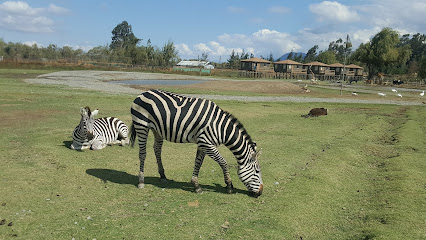
Parque Cataluña
Discover the beauty and tranquility of Parque Cataluña, a lush urban park in Rancagua perfect for relaxation and cultural experiences.
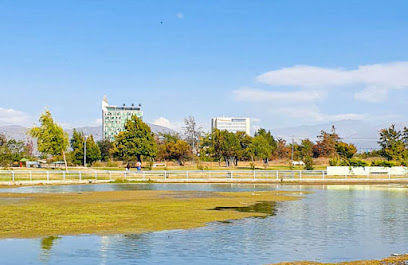
Medialuna de Rancagua
Discover the heart of Chilean rodeo culture at Medialuna de Rancagua, where thrilling competitions and vibrant traditions come together.
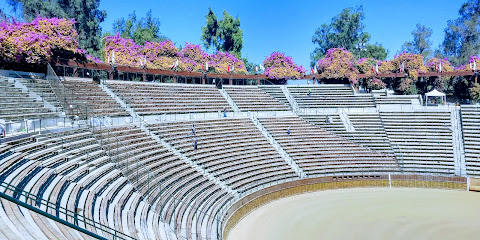
Parque Koke
Explore the beauty of Parque Koke, Rancagua's serene urban park, perfect for relaxation, picnics, and enjoying nature's tranquility.
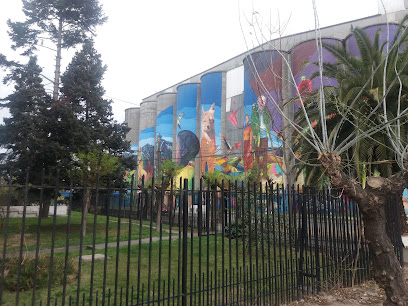
Regional Museum of Rancagua
Discover the rich cultural heritage of Rancagua at the Regional Museum, where history comes alive through engaging exhibits and vibrant community events.
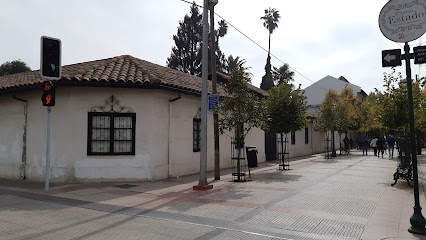
Restaurante El Gordo Sabe
Discover the rich flavors of Chilean cuisine at Restaurante El Gordo Sabe, a culinary treasure in Rancagua offering a delightful dining experience.
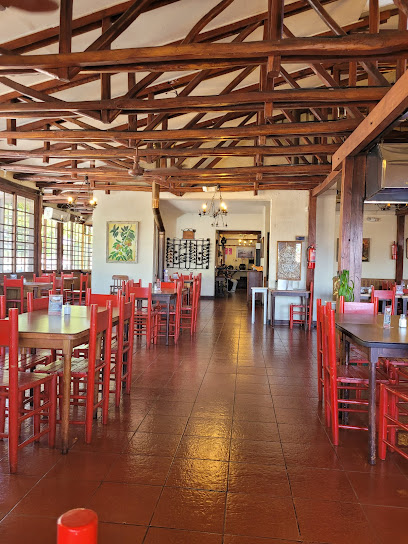
Casa de la Cultura de Rancagua
Explore the rich cultural heritage of Rancagua at Casa de la Cultura, a museum and cultural center showcasing local art and history.

Catedral de Rancagua
Explore the breathtaking Catedral de Rancagua, a stunning neoclassical church that embodies Chile's rich history and vibrant culture.

Estación Rancagua
Estación Rancagua: A vibrant train station serving as a gateway to explore the stunning landscapes and culture of Rancagua and beyond.
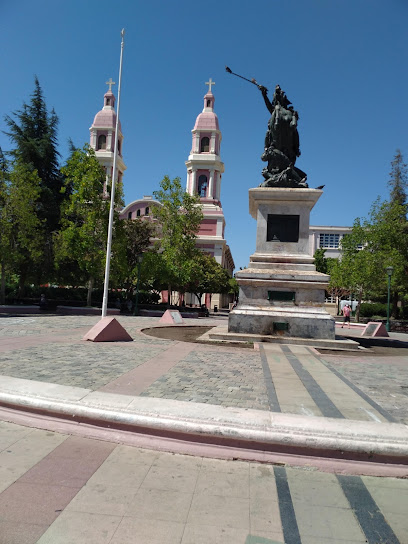
Park in the Air
Discover the thrill of adventure sports in the heart of O'Higgins at Park in the Air, where nature and excitement come together for an unforgettable experience.
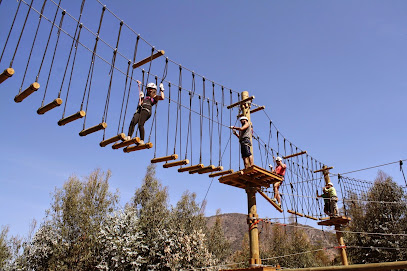
Iglesia de La Merced
Discover the architectural beauty and serene atmosphere of Iglesia de La Merced, a historic Baroque church in the heart of Rancagua, Chile.
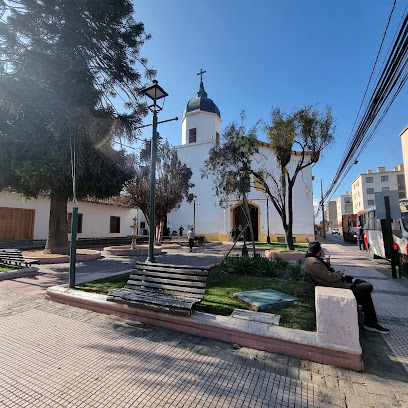
Viña Butron Budinich
Explore Viña Butron Budinich: A Premier Vineyard Experience in Rancagua, O'Higgins, Chile. Taste Exquisite Wines and Discover Chilean Viticulture.
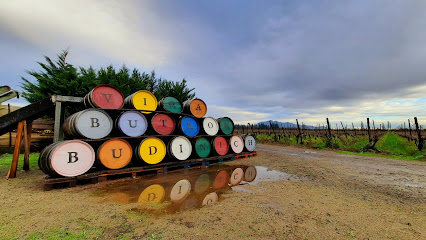
Municipality of Rancagua
Discover the vibrant history and culture of Rancagua, Chile's capital of the O'Higgins Region, where every corner tells a unique story.
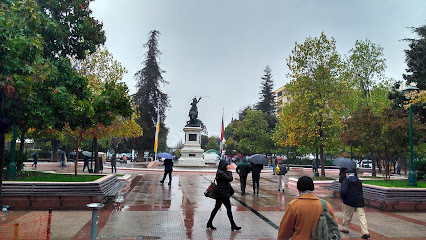
RANCAGUA
Discover the vibrant culture of Rancagua, where colorful costumes and rich traditions blend seamlessly in this charming Chilean city.
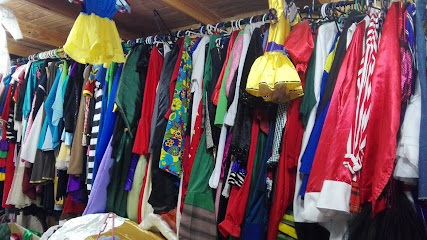
Rancagua Centro
Experience the vibrant culture and history of Rancagua Centro, the urban heart of Rancagua, Chile, where tradition meets modernity.
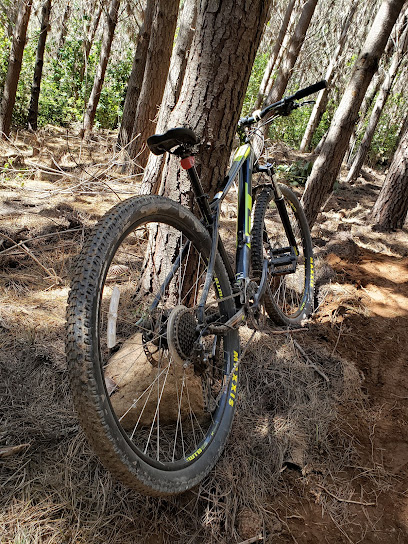
Unmissable attractions to see
Chile Safari Park
Experience the ultimate wildlife adventure at Chile Safari Park, where exotic animals and thrilling rides await in beautiful Rancagua.

Estadio El Teniente
Experience the thrill of Chilean football and vibrant culture at Estadio El Teniente, Rancagua's premier sports venue.
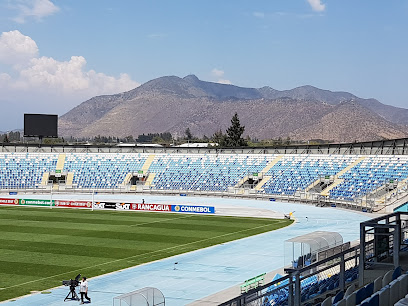
Parque Cataluña
Explore the lush landscapes and vibrant atmosphere of Parque Cataluña in Rancagua, a perfect blend of relaxation and recreation for all travelers.
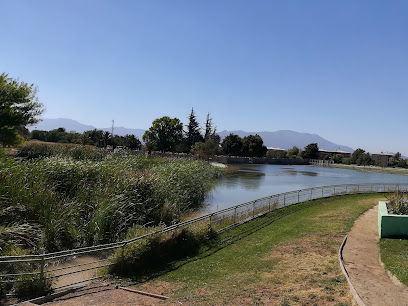
Museo Andino
Explore the rich cultural heritage of Chile at Museo Andino in Buin, where history, art, and tradition come alive.
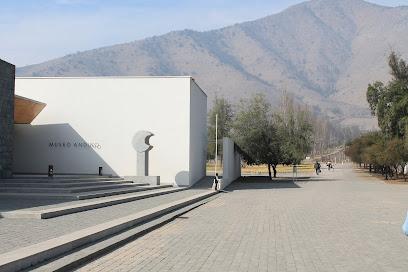
Parque Koke
Explore the serene beauty of Parque Koke in Rancagua, a perfect blend of nature and recreation for a memorable outdoor experience.
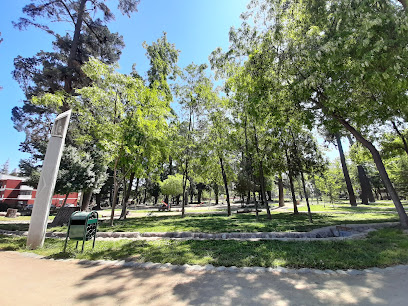
Picarquín
Discover the adventure of a lifetime at Picarquín in O'Higgins, where thrilling sports meet the beauty of nature.
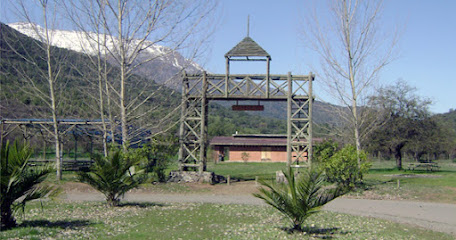
Viña Santa Rita
Experience the allure of Viña Santa Rita, a premier vineyard in Chile's Santiago Metropolitan Region, where rich history meets exquisite wines.
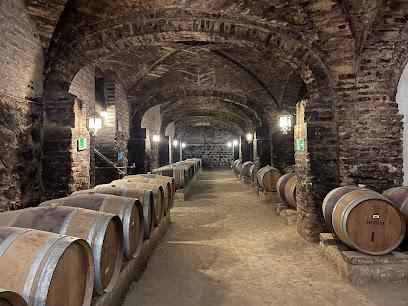
Regional Museum of Rancagua
Explore the fascinating history and culture of the O'Higgins region at the Regional Museum of Rancagua, a must-visit for every traveler.
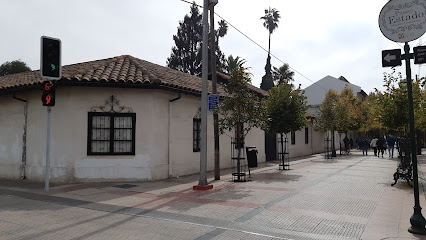
Monument to the mining family
Explore the Monument to the Mining Family in Machalí, a striking tribute to the region's rich mining heritage and community spirit.
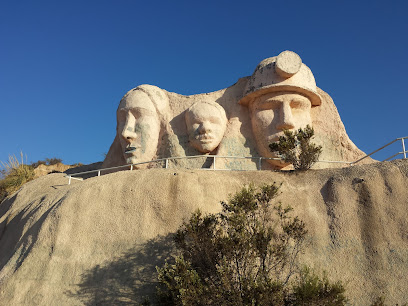
Catedral de Rancagua
Explore the architectural beauty and rich history of the Catedral de Rancagua, a stunning symbol of faith and artistry in the heart of Chile.

WineShop Viña Santa Ema / El Peral
Discover the exquisite wines and stunning landscapes of Viña Santa Ema and El Peral, a premier vineyard in the heart of Isla de Maipo.
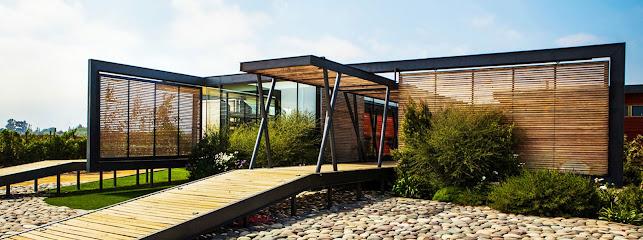
Park in the Air
Explore the breathtaking landscapes and thrilling adventure sports at Park in the Air in O'Higgins, Chile - a perfect destination for nature lovers!
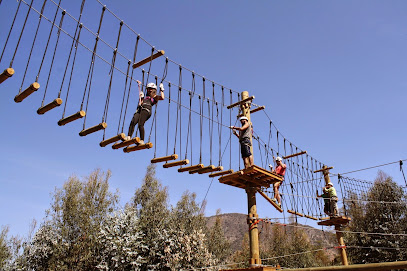
Vina San Pedro Tarapaca
Explore the exquisite wines and breathtaking scenery of Vina San Pedro Tarapaca in Isla de Maipo, a premier vineyard in Chile's Santiago Metropolitan Region.
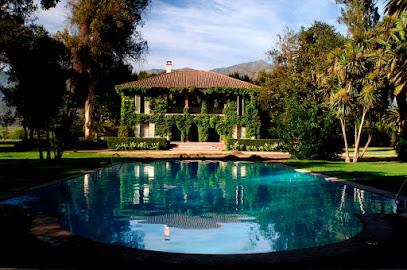
Iglesia de La Merced
Explore the beauty and history of Iglesia de La Merced in Rancagua, a stunning church that reflects Chile's rich cultural heritage.

Viña De Martino
Explore the heritage of Chilean winemaking at Viña De Martino, where exceptional wines meet stunning vineyard views.
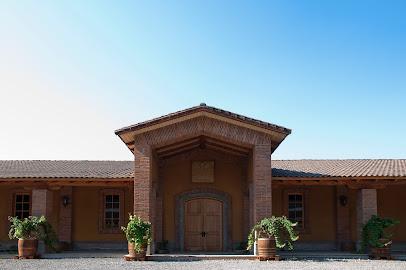
Essential places to dine
Restaurante Mini Restaurant. Ex-Mini Sheraton
Discover the authentic taste of Chile at Restaurante Mini Restaurant in Olivar - where every dish tells a story.
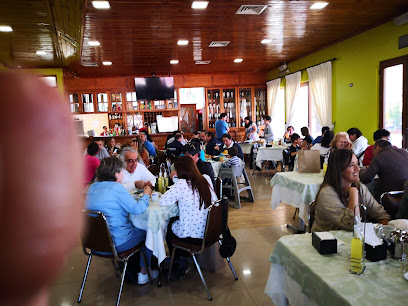
Delicia China Restaurant
Savor authentic Chinese flavors at Delicia China Restaurant in Rancagua – where every dish tells a story.
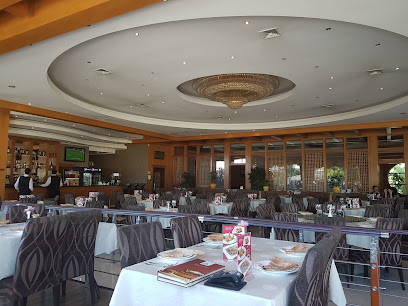
Aroma Limeño Restaurant
Discover authentic Chilean flavors at Aroma Limeño Restaurant in Machalí - where tradition meets taste in every dish.
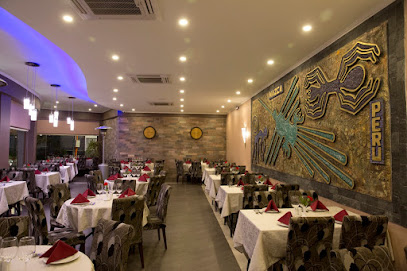
Restobar de Don Teo
Discover authentic Peruvian flavors at Restobar de Don Teo in Rancagua – where every dish tells a story.
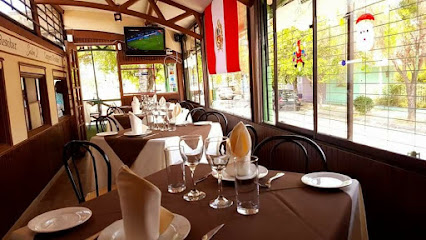
B - Restobar Lounge
Discover B - Restobar Lounge in Rancagua: A vibrant fusion of delicious cuisine and lively nightlife awaits you.
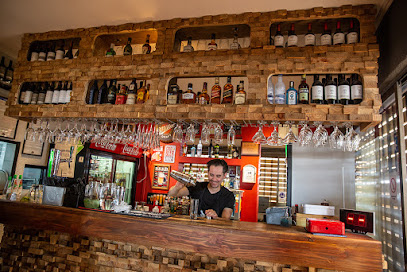
La Pamplona
Discover La Pamplona in Rancagua: A delightful restaurant offering exquisite Chilean cuisine with a touch of international flair.
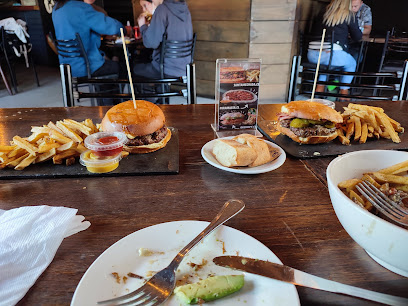
Torino Ristorante
Discover authentic Italian cuisine at Torino Ristorante in Rancagua - where every dish tells a story of tradition and flavor.
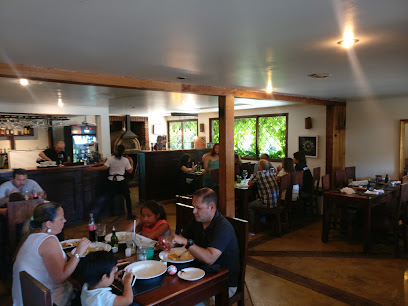
Tara Rancagua, Tapas&Bar
Experience the vibrant flavors of Chile at Tara Rancagua, where every dish tells a story of tradition and taste.
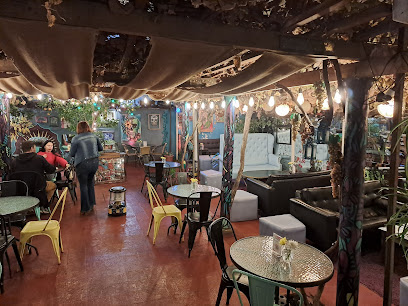
Magari
Experience authentic flavors at Magari in Rancagua - where every meal is a celebration of local cuisine and hospitality.
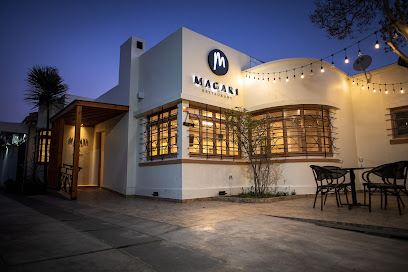
La Casa Del Chef
Discover La Casa Del Chef in Rancagua – where local flavors meet culinary artistry in a warm and inviting atmosphere.
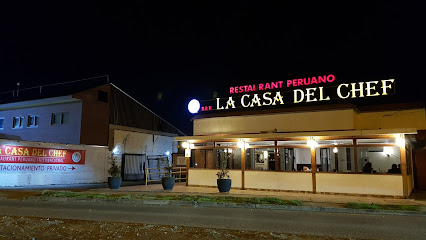
Tierra Norteña
Experience the flavors of Chile at Tierra Norteña in Rancagua - where tradition meets taste in every dish.
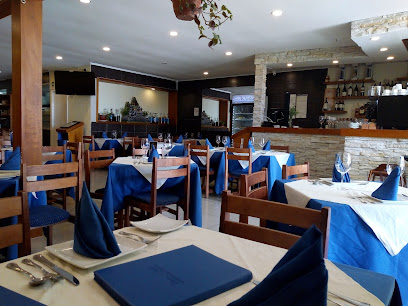
Restaurante Bar Restobar Parrilladas Rancagua LA CARPA
Experience authentic Chilean cuisine at Restaurante Bar Restobar Parrilladas Rancagua LA CARPA, where every meal is a celebration of flavor.
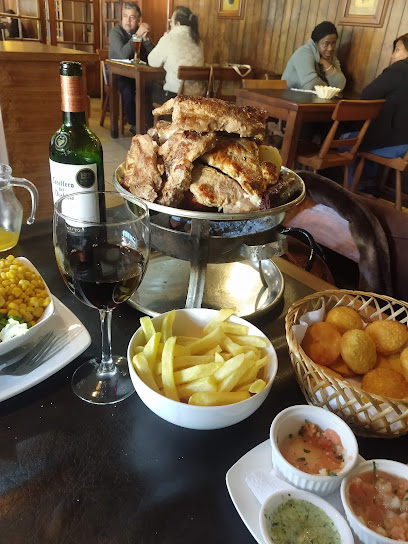
RESTAURANTE MUELLE 41
Experience the vibrant taste of Peru at Restaurante Muelle 41 in Rancagua – where culinary tradition meets modern flair.
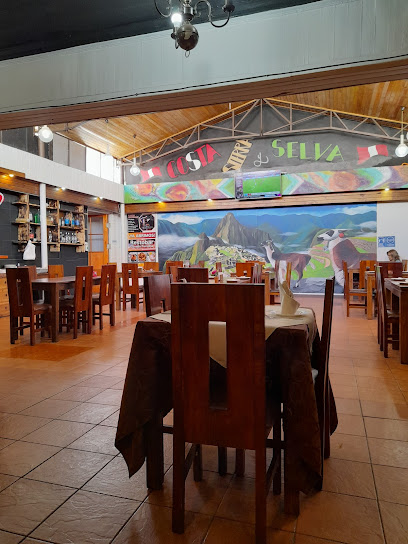
The Rice Restaurant
Discover the authentic taste of Korea at The Rice Restaurant in Rancagua – where every dish tells a story.
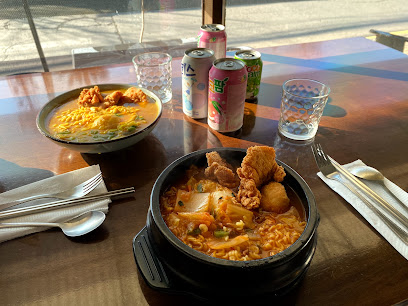
Restaurante El Gordo Sabe
Experience authentic Chilean cuisine at Restaurante El Gordo Sabe in Rancagua - where every meal tells a delicious story.
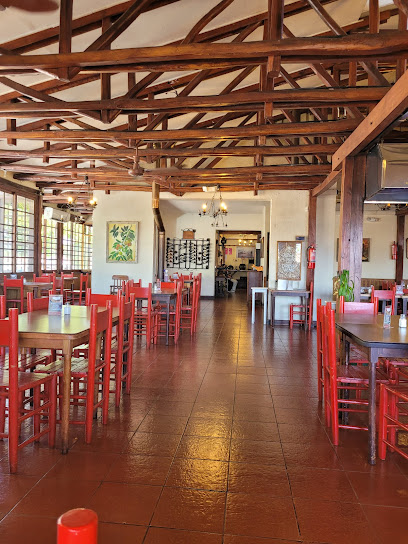
Markets, malls and hidden boutiques
Cenco Rancagua
Explore Cenco Rancagua: A vibrant shopping mall with diverse stores, delightful dining, and family-friendly activities in Rancagua, Chile.
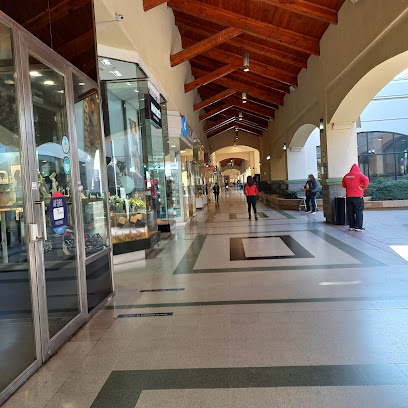
Open Plaza Rancagua
Experience shopping like never before at Open Plaza Rancagua, where fashion, food, and fun come together in one vibrant destination.
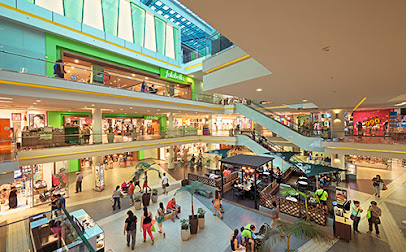
Mall Plaza America
Discover the vibrant shopping experience at Mall Plaza America, Rancagua's premier destination for fashion, gifts, and entertainment.
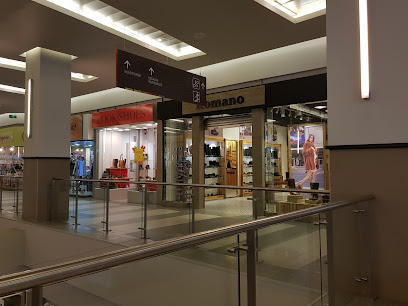
Ripley Rancagua
Explore Ripley Rancagua, a vibrant department store offering a wide selection of fashion, electronics, and home goods for every shopper's delight.
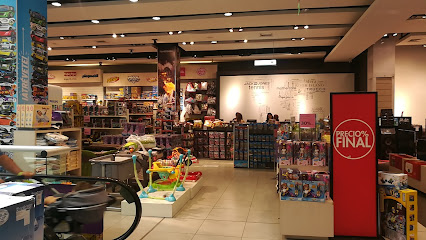
Mall Patio Rancagua
Discover the vibrant shopping experience at Mall Patio Rancagua, a hub for shopping, dining, and entertainment in the heart of Rancagua.
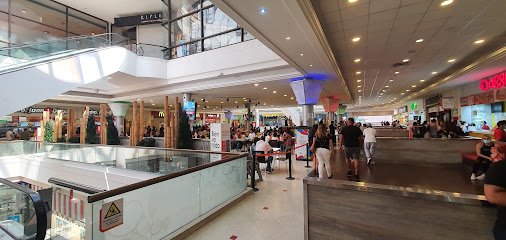
TiendaRancagua.cl
Experience the vibrant shopping scene at TiendaRancagua, where local culture meets retail therapy in Rancagua, O'Higgins.
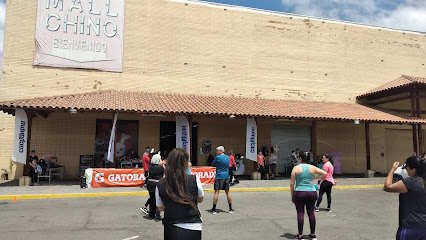
Family Shop
Discover a treasure trove of stylish clothing for the whole family at Family Shop in Rancagua, your go-to fashion destination.

Lippi Rancagua
Explore Lippi Rancagua for stylish clothing and outdoor gear in the heart of Rancagua, O'Higgins, Chile.
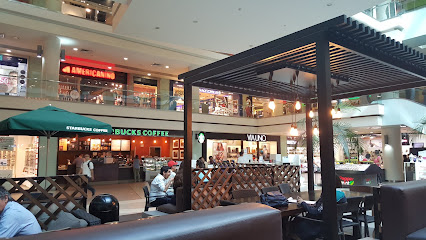
adidas Store Rancagua
Explore the adidas Store Rancagua for an exceptional selection of sportswear and equipment tailored for athletes and fitness enthusiasts.
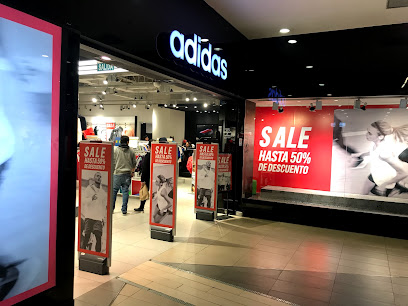
BELSPORT Rancagua
Explore BELSPORT Rancagua for a stylish shopping experience featuring trendy clothing and footwear for the entire family.

BIX
Discover unique gifts and home goods at BIX, the heart of Rancagua's shopping experience, where local craftsmanship meets delightful treasures.
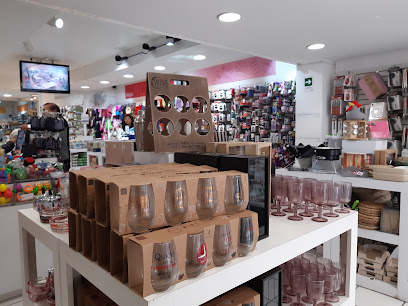
Kayser
Discover the elegance of formal wear at Kayser in Rancagua, where style meets sophistication in every piece.

Ethniq Chile
Explore the aromatic world of tea at Ethniq Chile, where culture and flavor blend perfectly in Rancagua's captivating tea store.
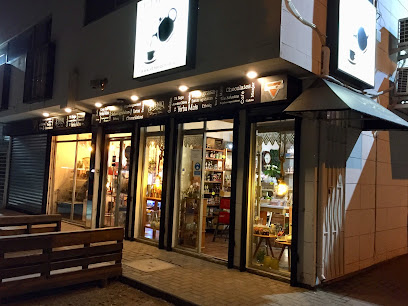
Bazar Elisa
Explore Bazar Elisa in Rancagua, a charming home goods store offering unique items that reflect the essence of Chilean culture.
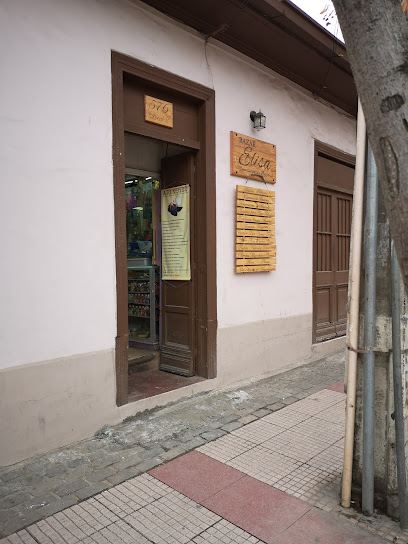
Universo 6 Manga Store
Explore the enchanting realm of manga at Universo 6 Manga Store, Rancagua's premier destination for comic book lovers and pop culture enthusiasts.
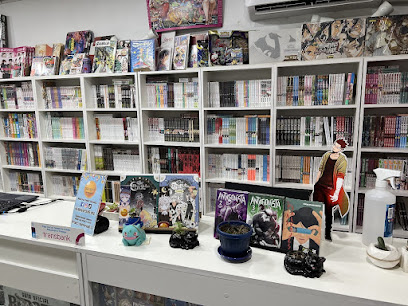
Essential bars & hidden hideouts
Bacco Pub Restaurant
Experience the vibrant atmosphere and delicious local cuisine at Bacco Pub Restaurant in Rancagua, an unforgettable dining destination for tourists.
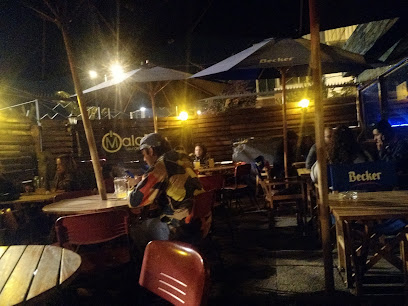
La Esquina Restobar
Experience the essence of Rancagua at La Esquina Restobar, where local cuisine meets vibrant nightlife in a cozy setting.
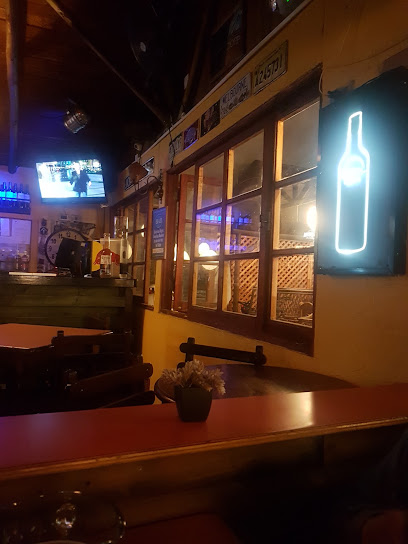
Barley Terraza Restobar
Discover the vibrant Barley Terraza Restobar in Rancagua, where delicious drinks and lively atmosphere meet stunning views for an unforgettable experience.
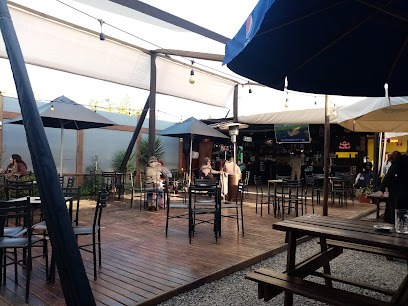
Oveja Negra Resto-Bar
Experience the vibrant blend of local flavors and lively entertainment at Oveja Negra Resto-Bar in Rancagua.
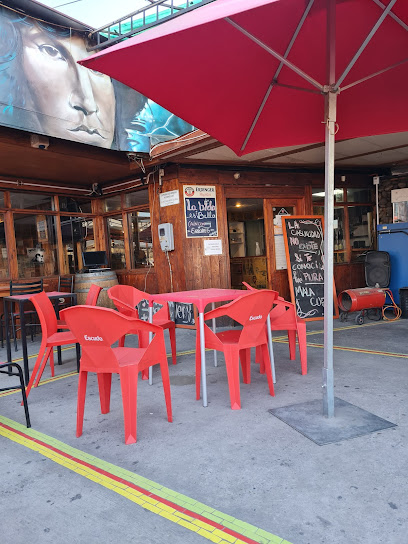
Cervecería MUBEFRI
Experience the best of craft beer and delicious cuisine at Cervecería MUBEFRI, your go-to brewpub in Rancagua, Chile.
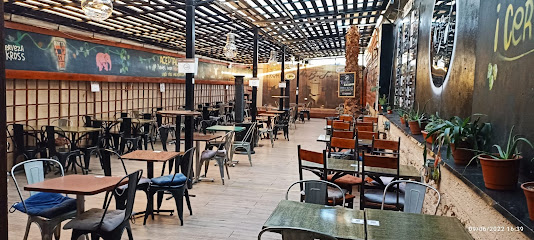
The bar twins
Discover the vibrant atmosphere of The Bar Twins, Rancagua's go-to spot for delicious food and karaoke entertainment, perfect for a fun night out.

Cábala Bar
Experience the lively nightlife of Rancagua at Cábala Bar, where great drinks and energetic ambiance come together for an unforgettable evening.

Boreal Bar & Lounge
Discover the lively atmosphere and diverse drink selection at Boreal Bar & Lounge, a top nightlife spot in Rancagua, Chile.
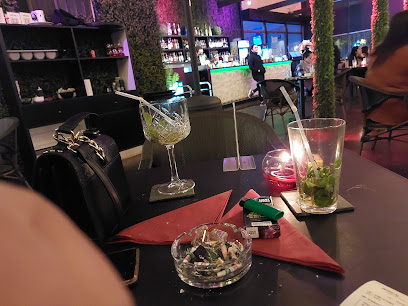
Bahia Swing
Discover Bahia Swing, Rancagua's go-to bar for affordable drinks, vibrant ambiance, and a taste of local nightlife in O'Higgins.

Bar La Merced
Discover the lively spirit of Rancagua at Bar La Merced, a vibrant pub offering local drinks and a cozy atmosphere for socializing.
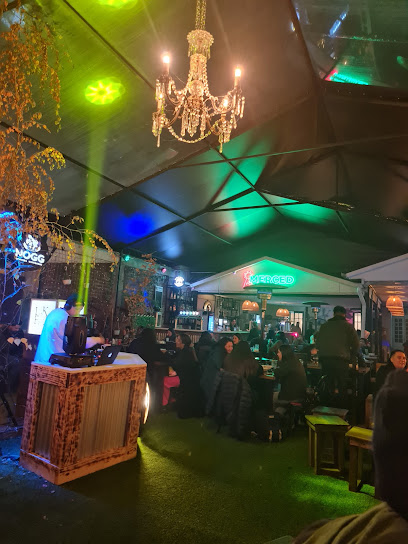
kapital bar
Experience the taste of Chile at Kapital Bar in Rancagua, where vibrant flavors and a lively atmosphere await every visitor.

Madriguera Rancagua
Experience the vibrant nightlife of Rancagua at Madriguera Rancagua, where exquisite drinks and a lively atmosphere await every visitor.
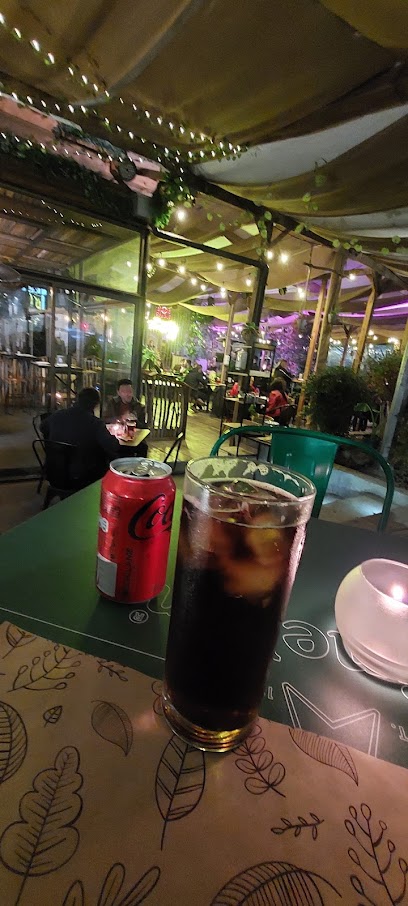
Bohemia Bar The Dolphin
Discover the vibrant nightlife at Bohemia Bar The Dolphin in Rancagua—where local flavors meet great music in an inviting atmosphere.
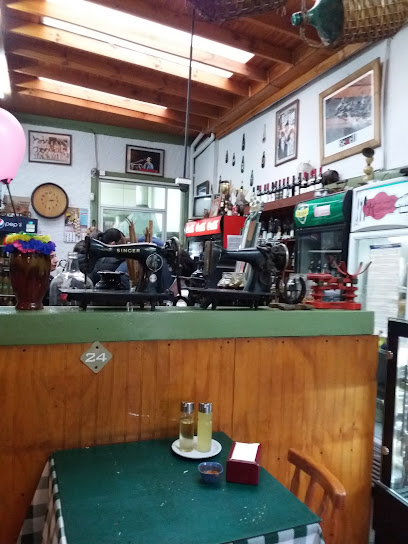
PASION RESTOBAR Rancagua
Discover the vibrant atmosphere and diverse drinks at Pasión Restobar Rancagua, a must-visit bar for tourists looking to experience local nightlife.
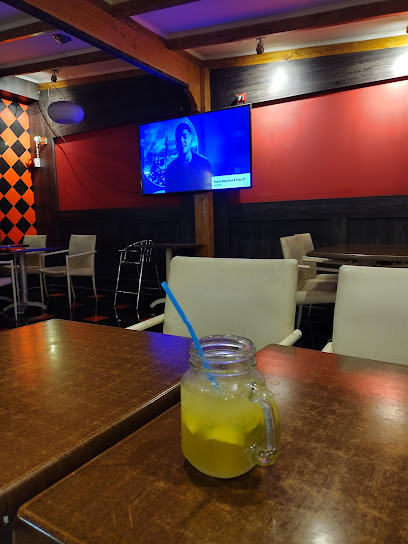
Moon Bar
Discover the vibrant nightlife at Moon Bar in Rancagua, where stunning views and delicious cocktails meet a lively atmosphere.
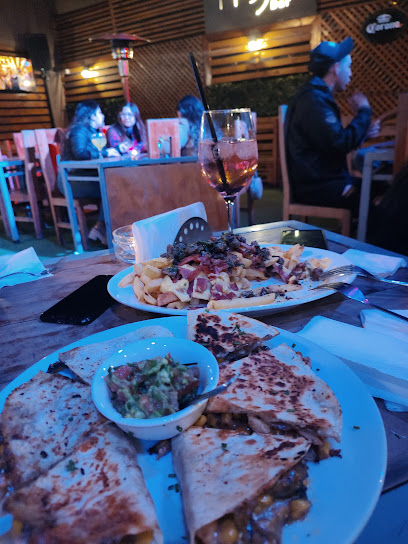
Local Phrases
-
- HelloHola
[oh-lah] - GoodbyeAdiós
[ah-dyohs] - YesSí
[see] - NoNo
[noh] - Please/You're welcomePor favor/De nada
[por fah-vohr/deh nah-dah] - Thank youGracias
[grah-syahs] - Excuse me/SorryPerdón
[pehr-dohn] - How are you?¿Cómo estás?
[koh-moh ehs-tahs] - Fine. And you?Bien. ¿Y tú?
[byehn. ee too] - Do you speak English?¿Hablas inglés?
[ah-blahs een-glehs] - I don't understandNo entiendo
[noh ehn-tyen-doh]
- HelloHola
-
- I'd like to see the menu, pleaseMe gustaría ver el menú, por favor
[meh goos-tah-ree-ah behr ehl meh-noo, por fah-vohr] - I don't eat meatNo como carne
[noh koh-moh kahr-neh] - Cheers!¡Salud!
[sah-lood] - I would like to pay, pleaseMe gustaría pagar, por favor
[meh goos-tah-ree-ah pah-gahr, por fah-vohr]
- I'd like to see the menu, pleaseMe gustaría ver el menú, por favor
-
- Help!¡Ayuda!
[ah-yoo-dah] - Go away!¡Vete!
[veh-teh] - Call the Police!¡Llama a la policía!
[yah-mah ah lah poh-lee-see-ah] - Call a doctor!¡Llama a un doctor!
[yah-mah ah oon dohk-tohr] - I'm lostEstoy perdido
[ehs-toy pehr-dee-doh] - I'm illEstoy enfermo
[ehs-toy ehn-fehr-moh]
- Help!¡Ayuda!
-
- I'd like to buy...Me gustaría comprar...
[meh goos-tah-ree-ah kohm-prahr...] - I'm just lookingSolo estoy mirando
[soh-loh ehs-toy mee-rahn-doh] - How much is it?¿Cuánto cuesta?
[kwan-toh kwehs-tah] - That's too expensiveEso es demasiado caro
[eh-soh ehs deh-mah-see-ah-doh kah-roh] - Can you lower the price?¿Puedes bajar el precio?
[pweh-dehs bah-hahr ehl preh-see-oh]
- I'd like to buy...Me gustaría comprar...
-
- What time is it?¿Qué hora es?
[keh oh-rah ehs] - It's one o'clockEs la una
[ehs lah oo-nah] - Half past (10)Media (10)
[meh-dyah (dee-ehs)] - MorningMañana
[mah-nyah-nah] - AfternoonTarde
[tahr-deh] - EveningNoche
[noh-cheh] - YesterdayAyer
[ah-yehr] - TodayHoy
[oy] - TomorrowMañana
[mah-nyah-nah] - 1Uno
[oo-noh] - 2Dos
[dohs] - 3Tres
[trehs] - 4Cuatro
[kwah-troh] - 5Cinco
[seen-koh] - 6Seis
[sehs] - 7Siete
[syeh-teh] - 8Ocho
[oh-choh] - 9Nueve
[nweh-veh] - 10Diez
[dyehs]
- What time is it?¿Qué hora es?
-
- Where's a/the...?¿Dónde está...?
[dohn-deh ehs-tah] - What's the address?¿Cuál es la dirección?
[kwahl ehs lah dee-rehk-syohn] - Can you show me (on the map)?¿Puedes mostrarme (en el mapa)?
[pweh-dehs mohs-trahr-meh (en ehl mah-pah)] - When's the next (bus)?¿Cuándo es el próximo (autobús)?
[kwan-doh ehs ehl proh-ksee-moh (ow-toh-boos)] - A ticket (to ....)Un boleto (a ....)
[oon boh-leh-toh (ah ....)]
- Where's a/the...?¿Dónde está...?
History of Rancagua
-
Rancagua was founded on October 5, 1743, by José Antonio Manso de Velasco. Originally called Santa Cruz de Triana, the city was strategically established in the heart of the fertile Central Valley to serve as a hub for agricultural production and trade.
-
One of the most significant historical events in Rancagua is the Battle of Rancagua, fought on October 1 and 2, 1814, during the Chilean War of Independence. The battle saw the Spanish Royalist forces defeat the Chilean patriots, marking a temporary setback for the independence movement. This event is commemorated annually and has left a lasting impact on the city's cultural identity.
-
In the late 19th and early 20th centuries, Rancagua underwent significant industrial development, particularly in mining and agriculture. The establishment of the El Teniente copper mine, one of the largest underground copper mines in the world, attracted workers and boosted the local economy. This period marked the transformation of Rancagua into an industrial hub.
-
The 1960 Valdivia earthquake, the most powerful earthquake ever recorded, had a profound effect on Rancagua. Although the city was not at the epicenter, it experienced significant structural damage. The reconstruction efforts following the earthquake led to modern urban development and improved infrastructure in Rancagua.
-
Rancagua is rich in cultural heritage, with traditions deeply rooted in its history. The city is known for its vibrant festivals, such as the Fiesta de la Vendimia (Grape Harvest Festival), which celebrates the region's wine production and agricultural bounty. Another notable event is the Semana Rancagüina, a week-long celebration featuring parades, music, and traditional dances, reflecting the city's cultural diversity.
-
Rancagua is home to several historic landmarks that offer a glimpse into its past. The Iglesia de La Merced, a colonial-era church, stands as a testament to the city's religious heritage. The Casa del Pilar, a historic house museum, showcases artifacts and exhibits related to Rancagua's history. These landmarks are essential for understanding the city's historical evolution.
Rancagua Essentials
-
Rancagua is located about 87 kilometers south of Santiago, the capital of Chile. The most convenient way to get there is by taking a bus from the Terminal Alameda in Santiago, with several companies operating frequent services. The journey typically takes around 1.5 to 2 hours. Alternatively, you can take a train from Santiago’s Estación Central, which offers a scenic route through the Chilean countryside.
-
Rancagua has a well-developed public transport system, including buses and taxis. The bus network is extensive and covers most parts of the city. Taxis are also readily available and can be hailed on the street or booked via phone. For short distances, walking is a viable option as many attractions are within close proximity. Renting a car is another option, especially if you plan to explore the surrounding areas.
-
The official currency in Chile is the Chilean Peso (CLP). Credit and debit cards are widely accepted in most hotels, restaurants, and shops in Rancagua. ATMs are abundant throughout the city, but it's advisable to carry some cash, especially when visiting smaller establishments or markets. Currency exchange services are available at banks and exchange bureaus.
-
Rancagua is generally a safe destination for tourists. However, it is always prudent to take standard precautions. Avoid displaying valuables and be cautious in crowded areas to prevent pickpocketing. Some areas in the northern part of the city are known for higher crime rates, so it's best to stay vigilant and avoid these neighborhoods, especially after dark. Stick to well-lit and busy streets whenever possible.
-
In case of an emergency, dial 133 for police assistance, 131 for medical emergencies, and 132 for fire services. Rancagua has several hospitals and clinics that provide medical care. It is advisable to carry a copy of your travel insurance and identification at all times. Pharmacies are widely available for minor health issues and medications.
-
Fashion: Do dress comfortably and casually, but avoid overly revealing clothing. Dress modestly when visiting religious sites. Religion: Do show respect when visiting churches or religious ceremonies. Public Transport: Do keep an eye on your belongings and offer your seat to elderly passengers. Don't make loud noises or eat on public transport. Greetings: Do greet people with a handshake and a friendly smile. Chileans appreciate politeness and respect. Eating & Drinking: Do try local dishes and accept food offerings graciously. Don't refuse hospitality as it is considered impolite.
-
To experience Rancagua like a local, visit the Mercado de Rancagua where you can find fresh produce, local delicacies, and traditional crafts. Engage with locals, who are often friendly and willing to share their culture and history. Don't miss the chance to visit the nearby vineyards and taste some of Chile's finest wines. For a unique experience, attend a rodeo event at the Medialuna Monumental, the largest rodeo ring in the country.
Trending Landmark in Rancagua
Nearby Cities to Rancagua
-
Things To Do in Santiago
-
Things To Do in Curicó
-
Things To Do in Viña del Mar
-
Things To Do in Valparaíso
-
Things To Do in San Rafael
-
Things To Do in Mendoza
-
Things To Do in San Juan
-
Things To Do in Concepción
-
Things To Do in Coquimbo
-
Things To Do in La Serena
-
Things To Do in Temuco
-
Things To Do in Pucon
-
Things To Do in Valdivia
-
Things To Do in Córdoba
-
Things To Do in Osorno





